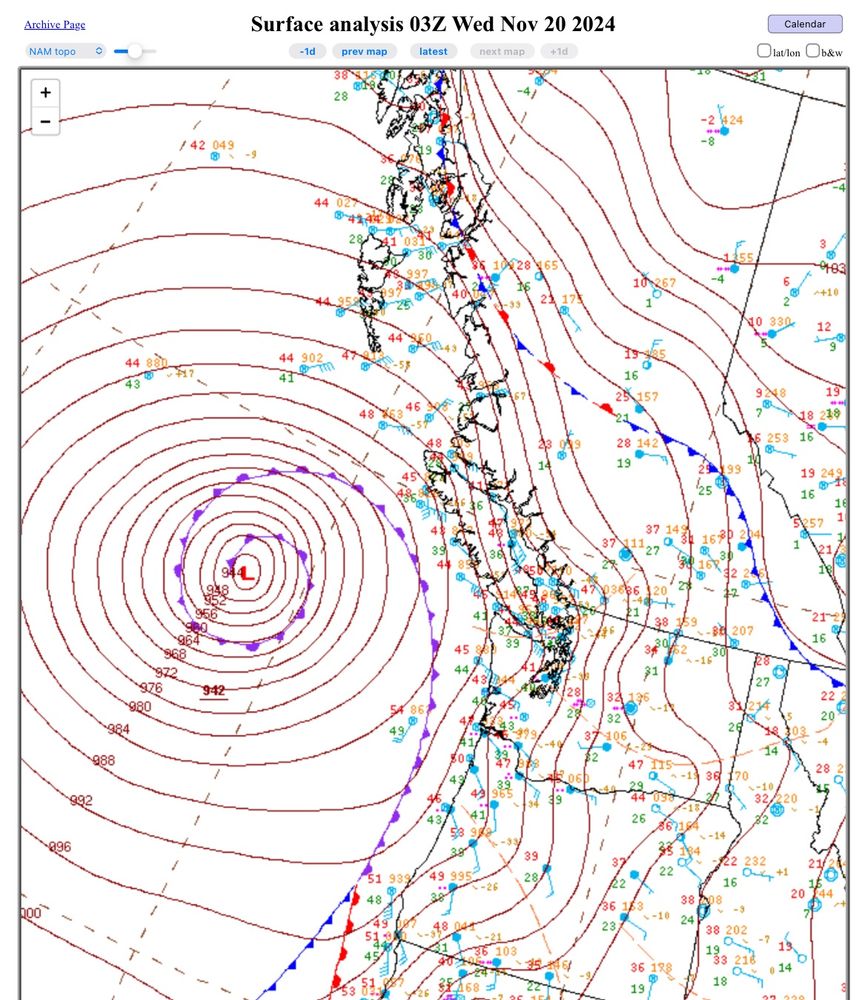
📰 Graphic Artist at Seattle Times
🎨 Sci Artist at Visualizing Science
https://www.visualizingscience.com





Exhibit:
www.gnsi.org/2025-gnsi-ju...
#evergreen #photosynthesis #sciart
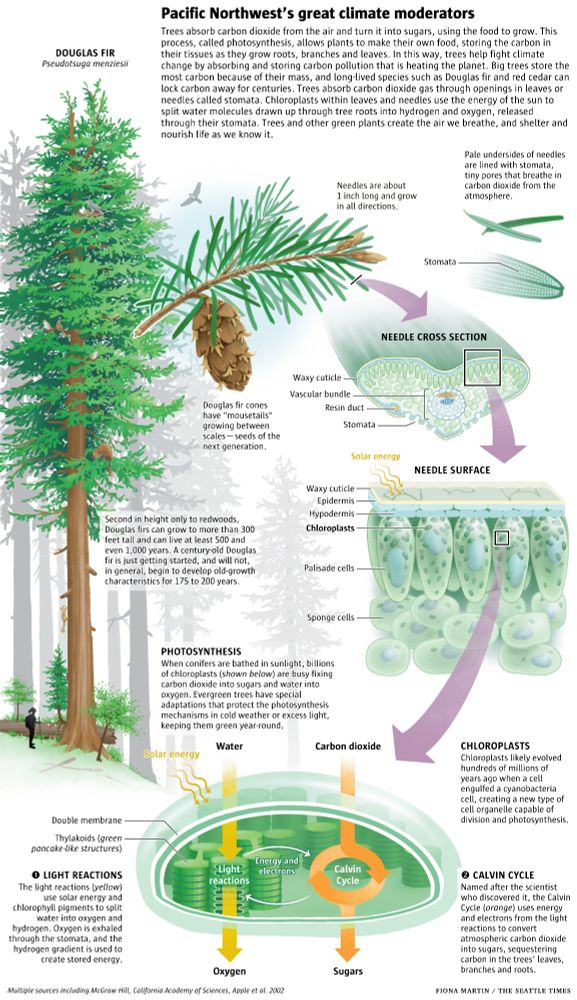

Exhibit:
www.gnsi.org/2025-gnsi-ju...
#evergreen #photosynthesis #sciart
Learn more and register here: www.gnsi.org/Visual-SciCo...

Learn more and register here: www.gnsi.org/Visual-SciCo...
#ferry #ferrycommute #WSDOT #Seattle #WashingtonState

#ferry #ferrycommute #WSDOT #Seattle #WashingtonState
What the heck is all that stuff anyway? Does it, like, work? Or is it all hype?
www.seattletimes.com/seattle-news...
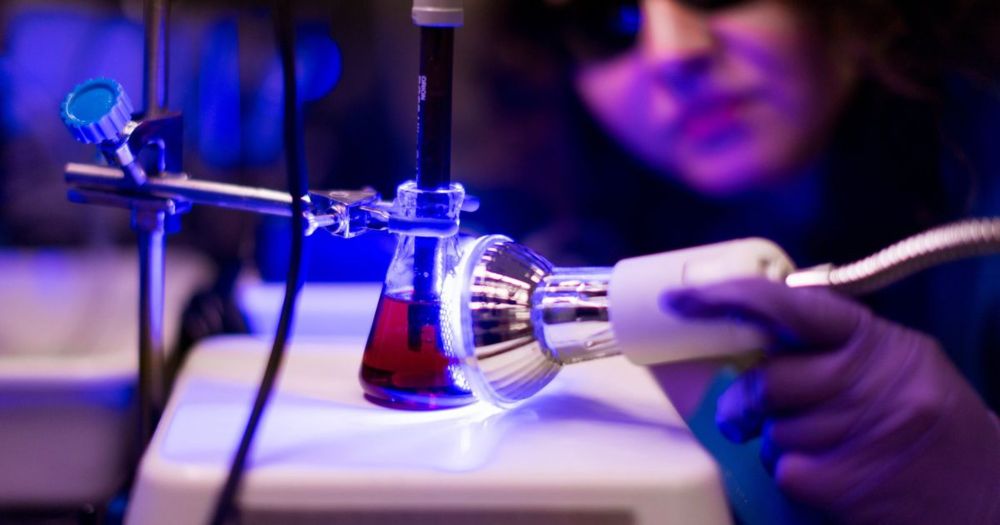
What the heck is all that stuff anyway? Does it, like, work? Or is it all hype?
www.seattletimes.com/seattle-news...
I enjoyed how this one turned out, and as a person who was born and raised in CA it was near and dear to my heart

I enjoyed how this one turned out, and as a person who was born and raised in CA it was near and dear to my heart
1 art piece for an endangered species per month in 2025 with optional prompts.
Use alt text please, any style/medium/effort welcome, as long as it's human-made!
#ArtChallenge

www.reuters.com/graphics/CAL...
via @interactives.bsky.social
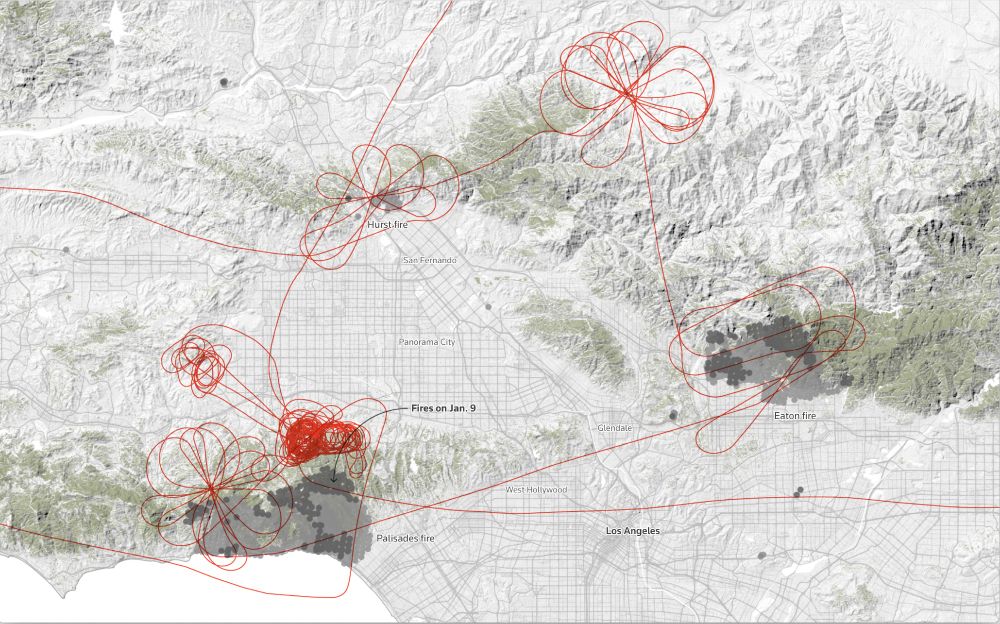
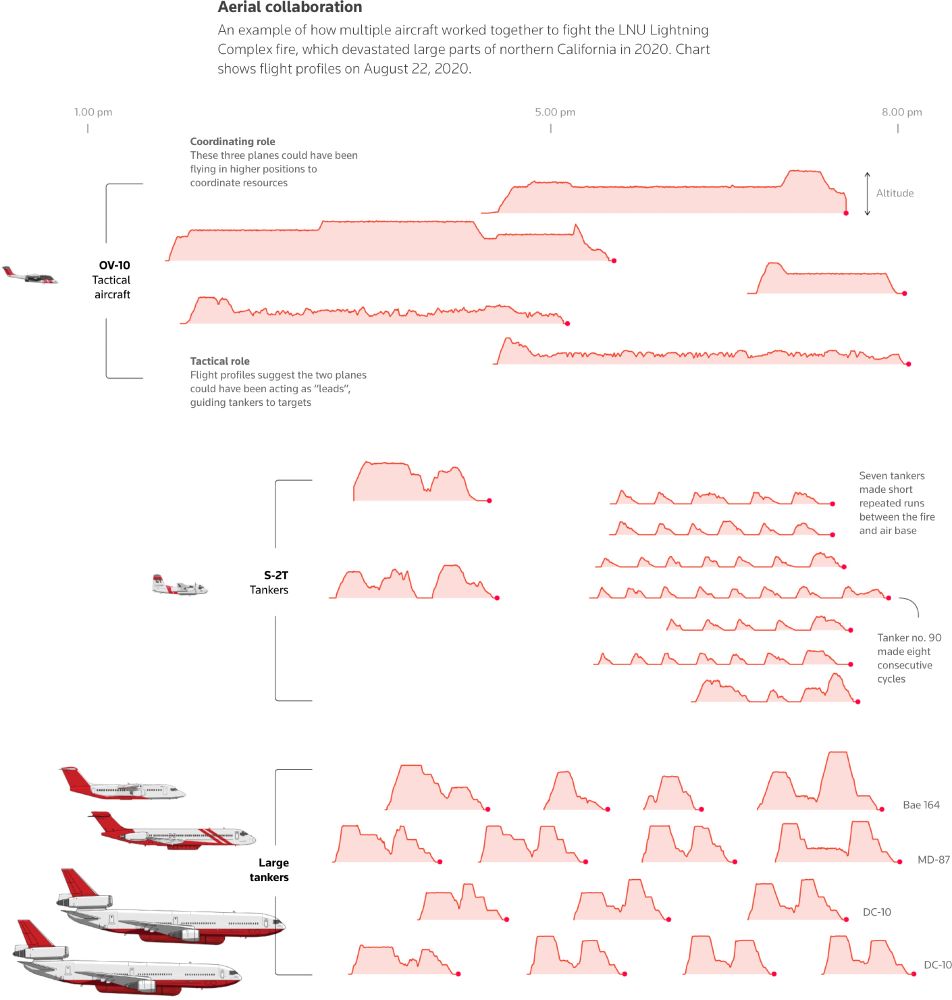
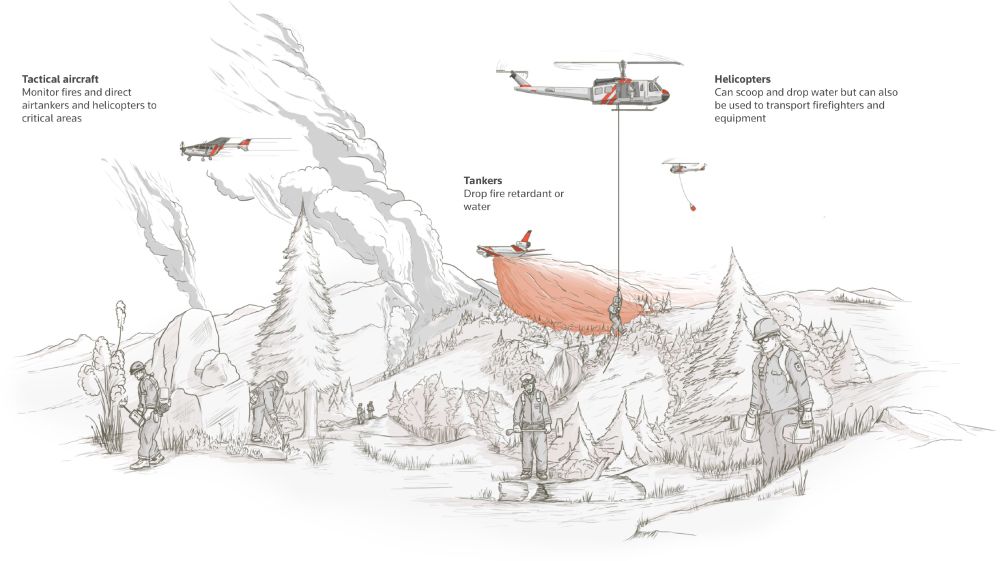
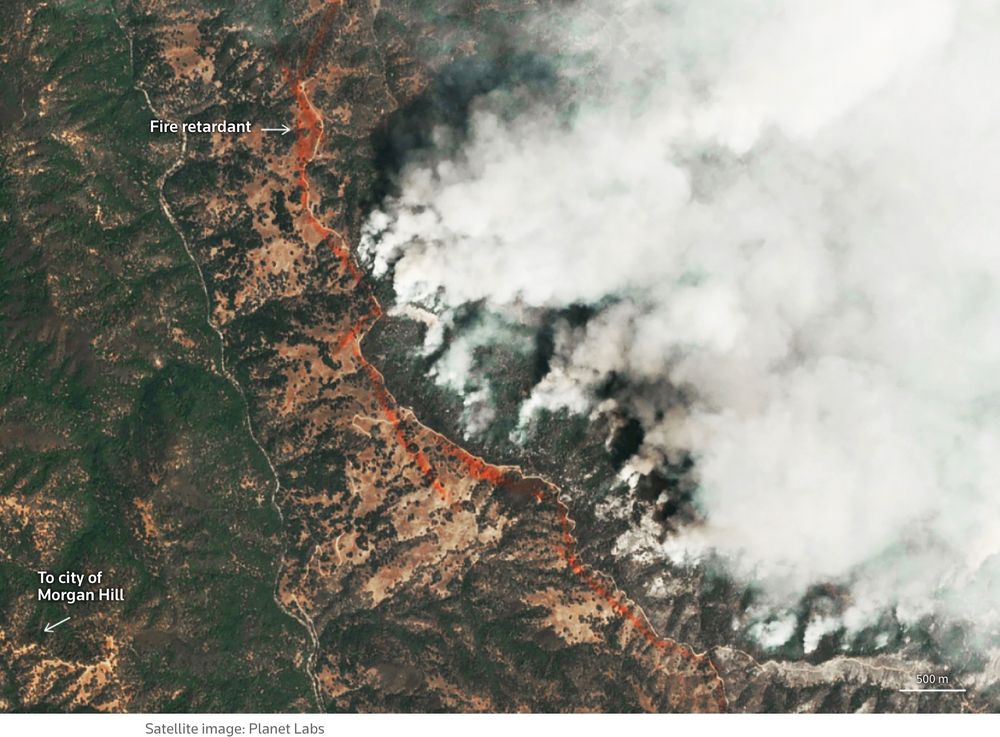
www.reuters.com/graphics/CAL...
via @interactives.bsky.social









Upcoming monthly art challenge: for drawing + sharing creatures, geology, archaeology, and your other favourite objects of study (or affection).
-
🐡 🎨

Upcoming monthly art challenge: for drawing + sharing creatures, geology, archaeology, and your other favourite objects of study (or affection).
-
🐡 🎨



